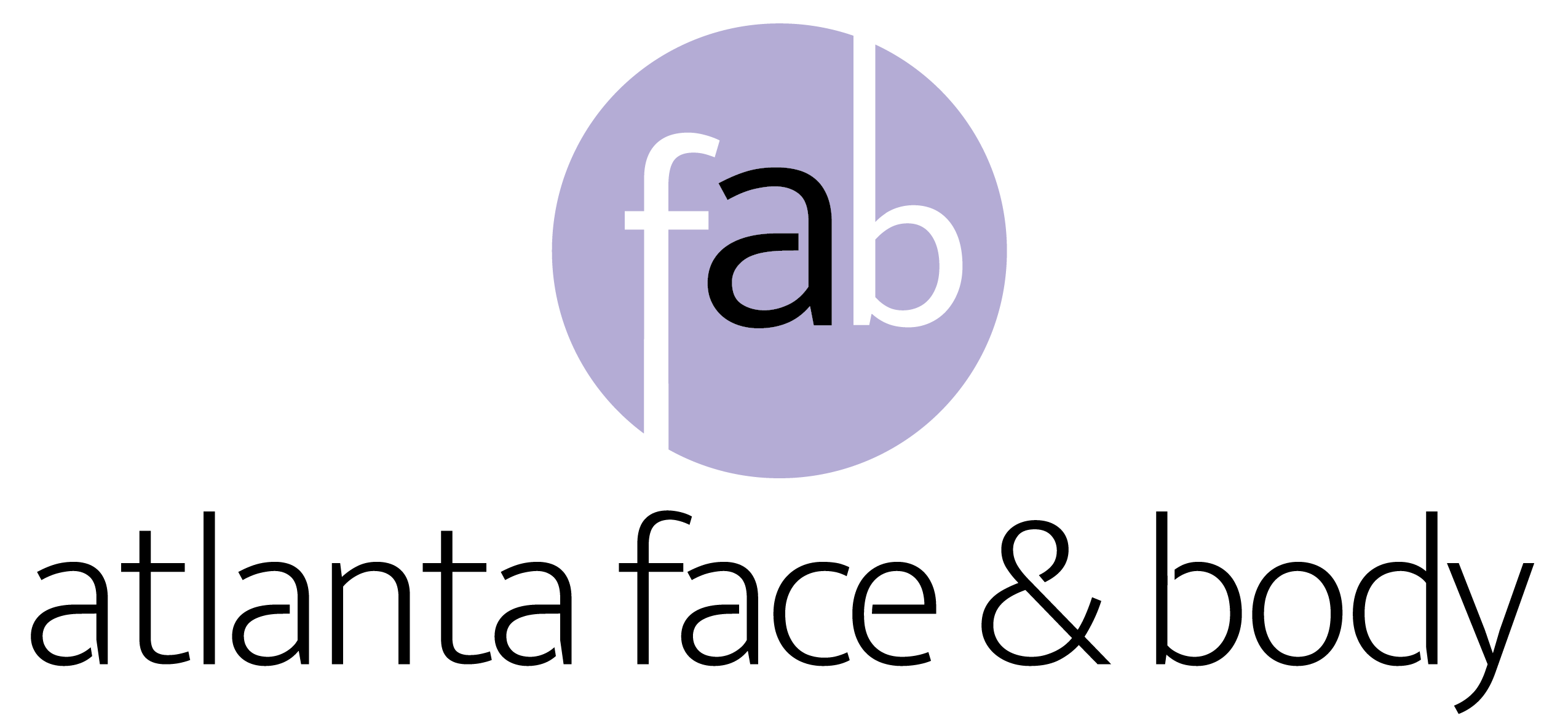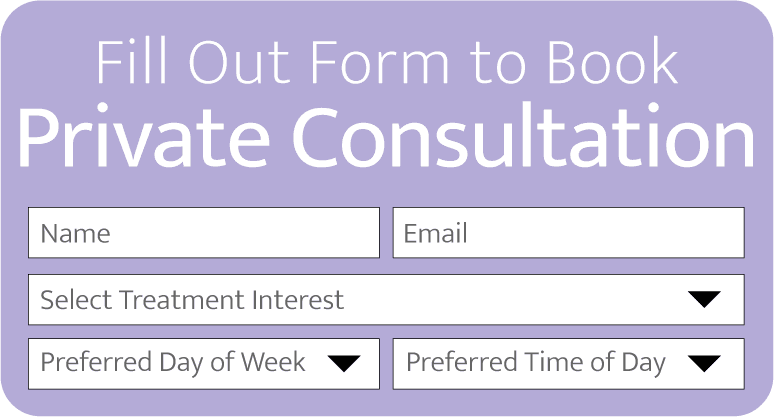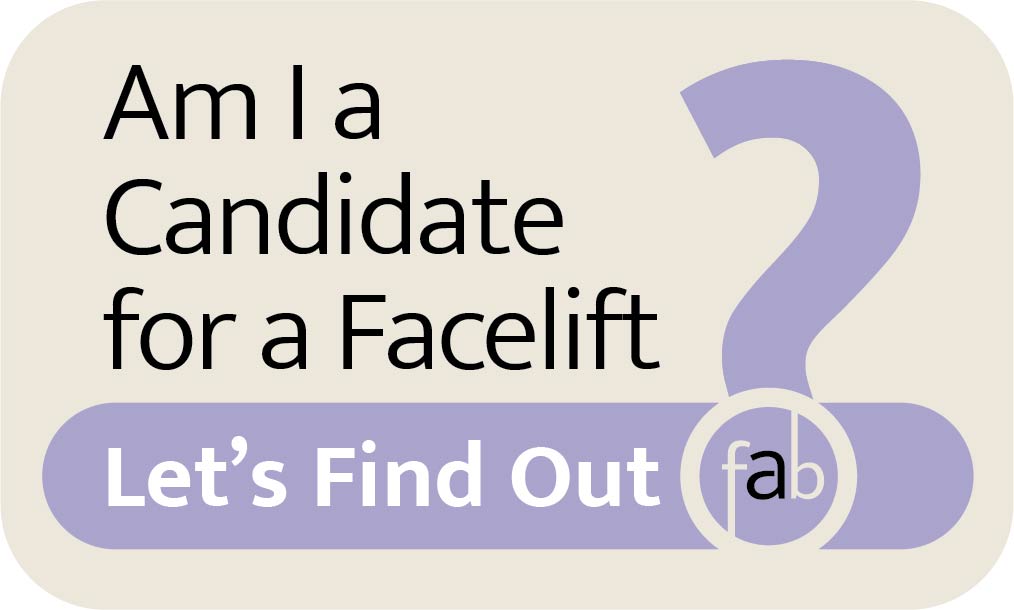Did you know that, according to the American Society of Plastic Surgeons, laser skin resurfacing treatments can yield results lasting several years?
Suppose you’re considering a skin resurfacing treatment. You might be interested in a laser resurfacing treatment, chemical peel, or dermabrasion. These treatments can help reduce wrinkles, smooth scarring, and even out your skin tone. However, they each come with varying levels of aftercare.
And you definitely want to know how to care for your skin post-treatment. It’s usually as simple as staying out of the sun and reducing redness. In some cases, it can require more aftercare, though.
The bottom line is that proper post-treatment care is essential for achieving the desired result, as with any facial and body treatment. Sit tight as we walk you through a few important tips on properly caring for your skin after resurfacing treatment.
What Is a Skin Resurfacing Treatment?
Skin resurfacing treatments are a whole skincare category in itself. They are non-surgical procedures designed to refresh and rejuvenate skin and give you healthy, smooth skin. Common skin resurfacing treatments include the following:
- Chemical peels
- Laser skin resurfacing
- Microdermabrasion
We’ll explore each option below. What’s most important to know, though, is that all of these treatments are minimally invasive skin care techniques. Moreover, the actual procedure time is usually brief, with minimal downtime.
Depending on your skin concerns and health history, resurfacing can help remove wrinkles, improve skin texture, reduce scarring, and even reverse sun damage. If you’re looking for an easy way to address skin issues and achieve healthier skin, skin resurfacing treatment could be the perfect solution.
Types of Skin Resurfacing Treatments
Before booking your first skincare appointment, it’s helpful to understand your options. Likewise, knowing what treatments are available to you can help you understand each treatment’s aftercare requirements. As mentioned above, most medical spas and dermatologists offer three types of skin resurfacing treatments.
Laser
Our laser resurfacing treatments are one of the most popular non-surgical treatments we offer. They offer a safe, non-invasive way to turn back time on your skin. It can help you achieve the following:
- Smooth out wrinkles
- Get rid of age spots
- Reduce the signs of sun damage
- Promote new elastin and collagen production
How does it work? We use laser beams to create thousands of microscopic channels in the skin without harming surrounding areas. These laser-created channels activate the body’s natural healing response. This, in turn, promotes firmness and elasticity in your skin with minimal downtime afterward.
If you’re looking for a way to regain that youthful glow without surgery, laser skin resurfacing might be just what you need.
Chemical Peels
Chemical peels are another easy, effective method of achieving dramatically smoother, softer, and more youthful-looking skin. These treatments use chemical solutions to exfoliate or “peel” away dead and damaged skin to reveal the fresher, younger skin beneath.
Prominent chemical peels use Alpha Hydroxy Acid (AHA) or Beta Hydroxy Acid (BHA) to target specific skin issues. For instance, AHA chemical peels can improve a variety of issues. This includes targeting scars, age spots, fine lines, and wrinkles. BHA chemical peels are better suited for deep cleansing and pore size reduction.
Dermabrasion
Dermabrasion is a great form of skin resurfacing treatment that can help with the following:
- Improve skin texture
- Reduce discoloration
- Diminish fine lines and wrinkles
The procedure involves using a rotary device with special abrasives that physically remove the outer layers of skin to reveal healthier-looking underlying skin. You can treat areas like the face, neck, hands, arms, legs, and stretch marks.
How does it work? Similar to the laser treatment. The dermabrasion process also helps trigger collagen production while removing blemishes and damaged tissues. It’s what helps make your skin smoother.
Laser Resurfacing Treatments
At Atlanta Face & Body, we offer laser resurfacing treatments. So let’s walk you through the different types of laser treatments before diving into aftercare tips.
What to Expect
What should you expect during your treatment regardless of the option you choose? Before the treatment begins, your skin will be tested to evaluate its reactivity to the laser therapy.
Then, just before the treatment begins, your specialist will apply a topical anesthetic. These treatments don’t “hurt.” However, they can cause discomfort. This is why some patients request a topical anesthetic. Either way, you shouldn’t feel intense pain. Instead, it usually feels like a warm pinch or pricks on your skin.
Overall, the pulsed light technology and cooling air relieve any discomfort caused by laser beams. At least, that is what most of our patients have had to say regarding the treatment. If you experience discomfort, let your specialist know so they can alter the treatment or apply more anesthetic.
The treatment shouldn’t last more than 30 minutes. However, the duration of your treatment depends on the area you’re treating. Before you start, your specialist should be able to tell you how long to expect to stay at the clinic! Afterward, depending on the type of skin resurfacing treatment, you should see changes in your skin texture shortly after treatment.
Post-Treatment
There aren’t many known “side effects” to laser skin resurfacing. However, many people experience redness and swelling after the procedure. That usually subsides over time. It can also produce a slight tingling or burning feeling for a few days, though this typically resolves shortly after treatment.
Other side effects may include:
- Dry or flaky skin
- Temporary discoloration in the treated area
- Sensitivity to the sun
Make sure to discuss these matters with your doctor before getting laser skin resurfacing. Any great dermatologist or specialist should walk you through what side effects are associated with the treatment. If they don’t, feel free to speak up about your concerns. As always, if you don’t feel comfortable with that specialist, look for another one.
Aftercare Tips
Aftercare is incredibly important when it comes to laser resurfacing treatments for your face! Following aftercare tips and instructions is the best way to ensure a safe and successful treatment with the best possible results. Taking your aftercare measures seriously allows you to protect your skin from any unwanted effects.
Plus, depending on the magnitude of your laser resurfacing treatment, aftercare protocols can help keep infection out and accelerate healing time as well. All in all, following aftercare tips for laser resurfacing treatments (including wearing sunscreen regularly), can be a real game changer. Here are a few tips from our team of experts.
Cleansing
Your skin might be sensitive to the touch. However, you should still be cleansing it daily following your treatments. Use a mild cleanser that won’t irritate the skin further, and avoid harsh exfoliants. The treatment has already effectively acted as an exfoliant, meaning you don’t need to exfoliate or irritate it further. Let it heal!
After cleansing, apply a thin layer of moisturizer multiple times daily to counteract any drying or tightness caused by the treatment. A light, unscented moisturizer should be fine here. Avoid products with harsh chemicals or ingredients such as Retinol, though.
When showering, be aware that the area may be extra sensitive due to temperature, so cool or lukewarm water is better than hot. However, taking a warm shower is fine as it won’t affect the treatment or your results.
Sweating
After undergoing any resurfacing treatments for your face, it’s extremely important that you avoid exercise and heavy sweating for the next three days.
Sweat contains a variety of bacteria which could result in an infection if exposed to freshly exfoliated skin. So avoid working up a sweat and stick to light activities like reading, checking social media, or engaging in low-intensity stretches post-treatment.
This also means you should avoid situations outside of exercise that would make you sweat excessively. This includes saunas, hot tubs, and the ocean (because of the saltwater) for at least five days post-treatment.
Suncare
Even though the temptation is there to go out and bask in the sunshine directly after a procedure, giving your skin time to recover is essential. This means wearing sunscreen with at least SPF 30 daily, even when it’s cloudy. Remember that this is a great skincare tip to follow regardless of whether you get facial treatments or not.
Because the laser resurfacing treatment has effectively removed a layer of skin cells, your skin will be particularly susceptible to damage as you recover. So by protecting your skin and avoiding direct sunlight until it has returned to its normal state, you can avoid potential damage or irritation to your skin.
Don’t Pick
If your skin flakes as it heals, don’t pick at it. This can lead to painful and unsightly scars. Instead, let your skin heal on its own. If you’re worried about flaking, wash it gently and moisturize it regularly. After a couple of days, your face should look normal. These treatments aren’t so invasive that you should notice intense, long-lasting flaking.
Fighting the urge to pick at your skin? Remember that doing so can not only lead to skin damage, but it can also lead to permanent discoloration, infections, and deep scarring that would require more treatments to fix.
How Long Does It Take to Heal?
Even if you follow all of our skin resurfacing treatment aftercare tips, how long does it take for your skin to heal after the treatment? On average, the skin will heal five to 21 days after the treatment. We know what you’re thinking. “Five days is a big difference from 21 days. Why such a big difference?”
It ultimately depends on the condition of your skin before the treatment, the type of laser used, and how well you care for your skin post-treatment. Follow the aftercare tips above, and don’t rush your skin’s healing process. Be patient, care for yourself, and wait as your skin heals to enjoy the numerous benefits of this kind of facial treatment.
Book a Consultation
Ready to try a skin resurfacing treatment? The first step is to get in touch for a consultation. We’ve made it easy for you to do just that.
Click here to book a private consultation. You’ll fill out a quick questionnaire, and then we’ll be in touch with the next steps!











